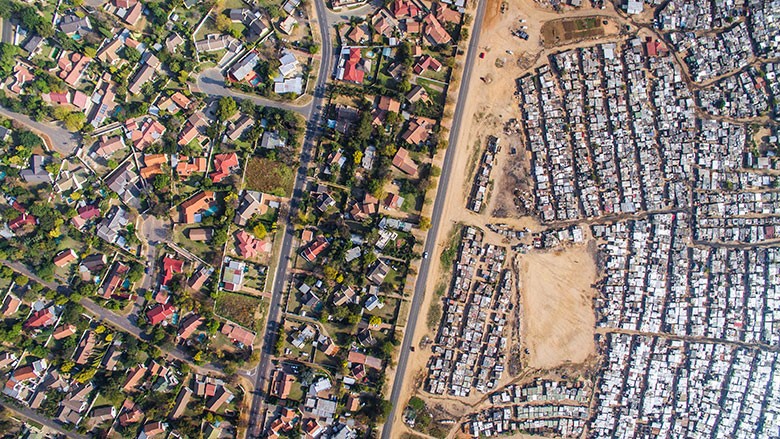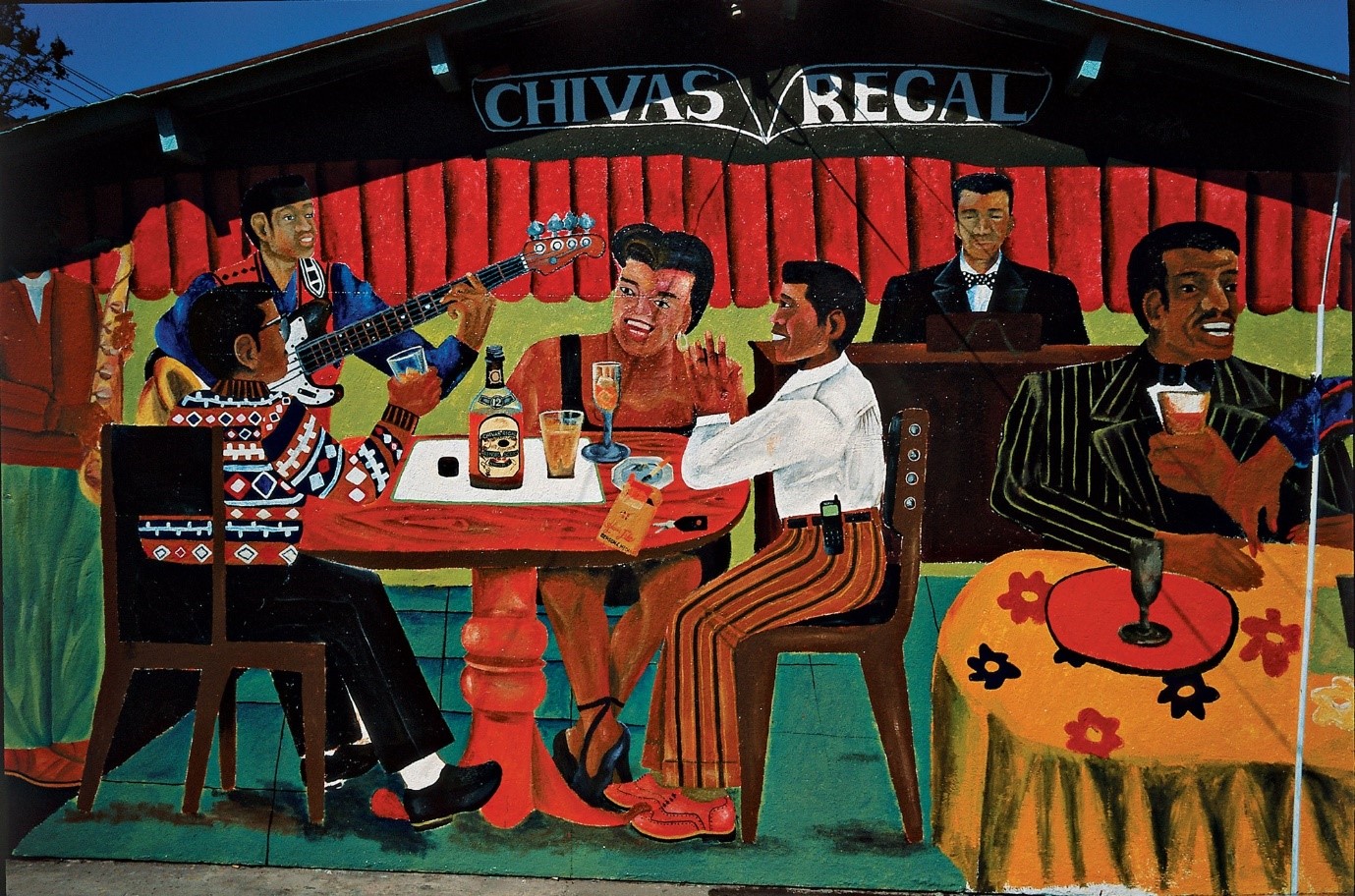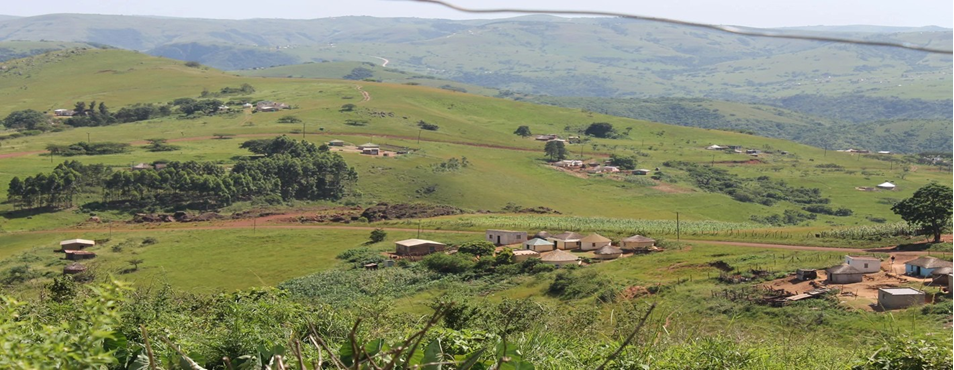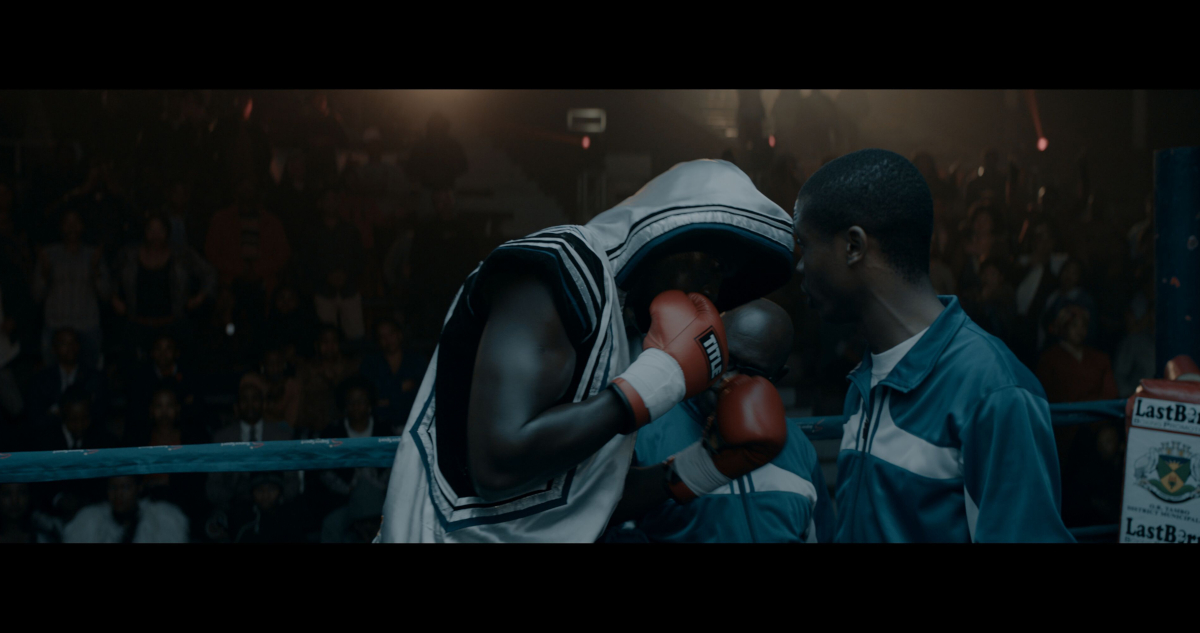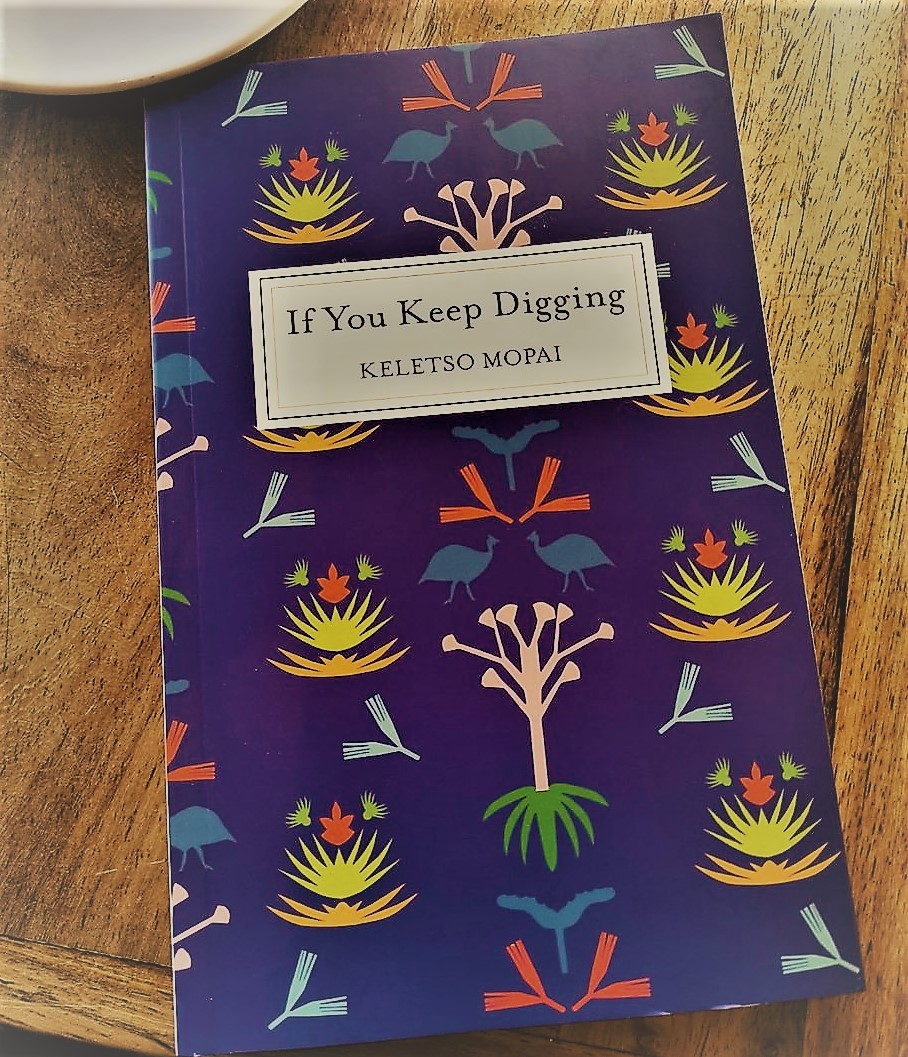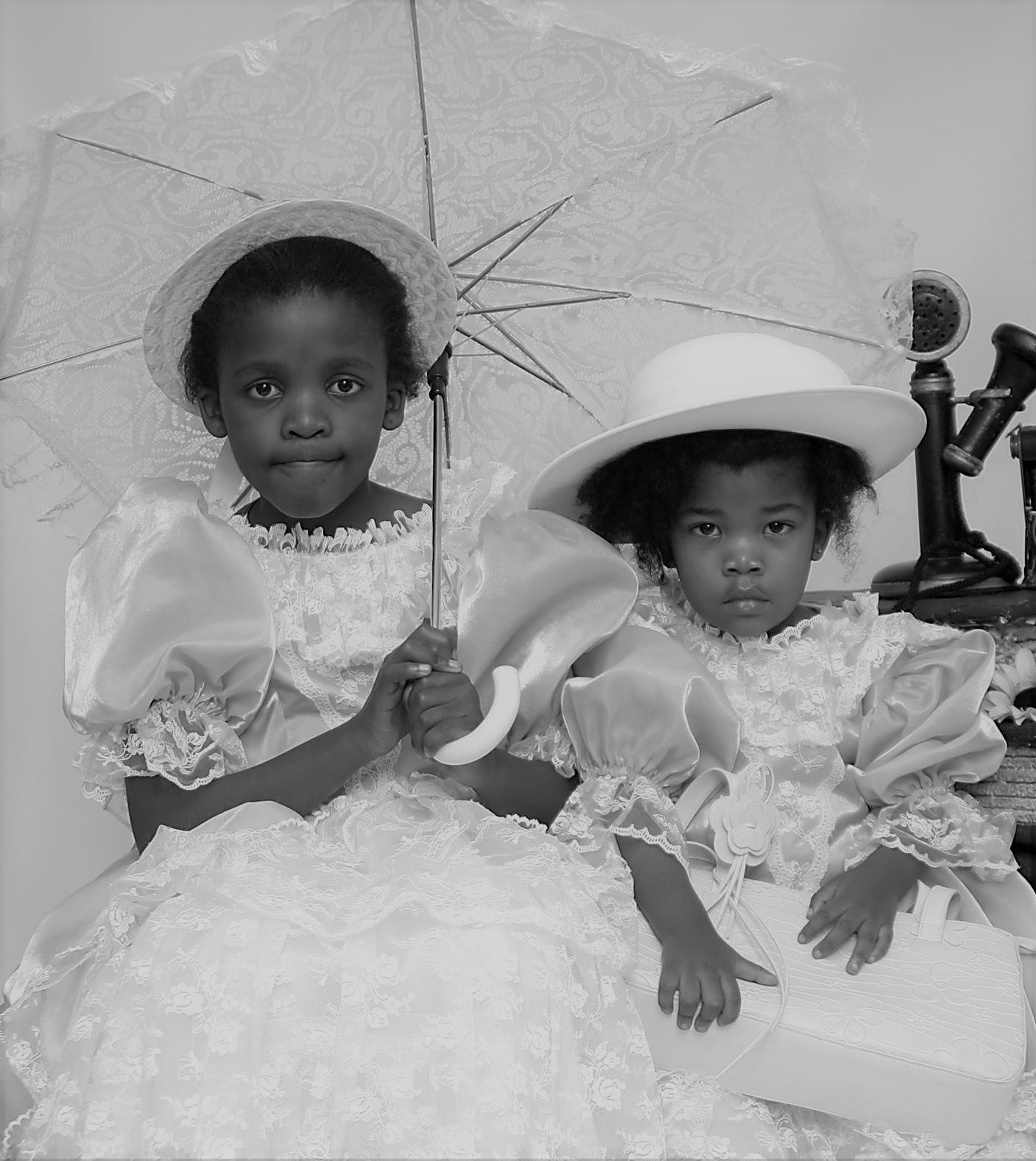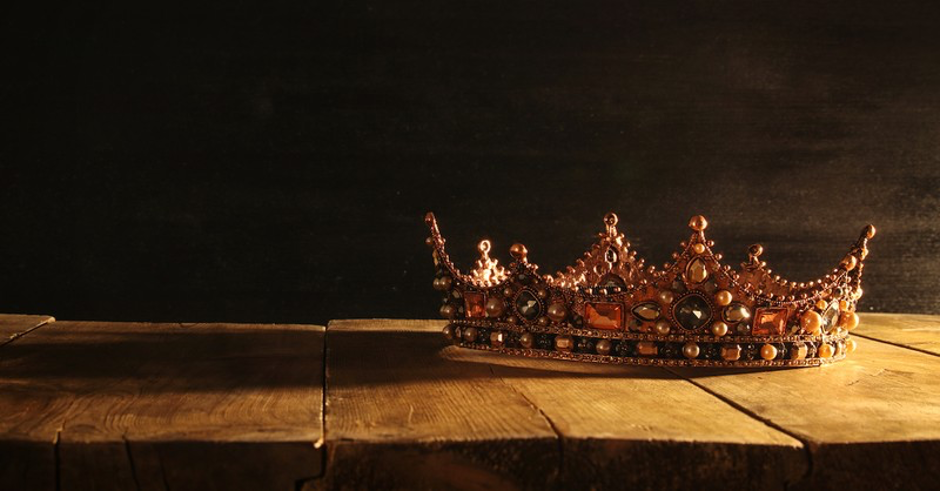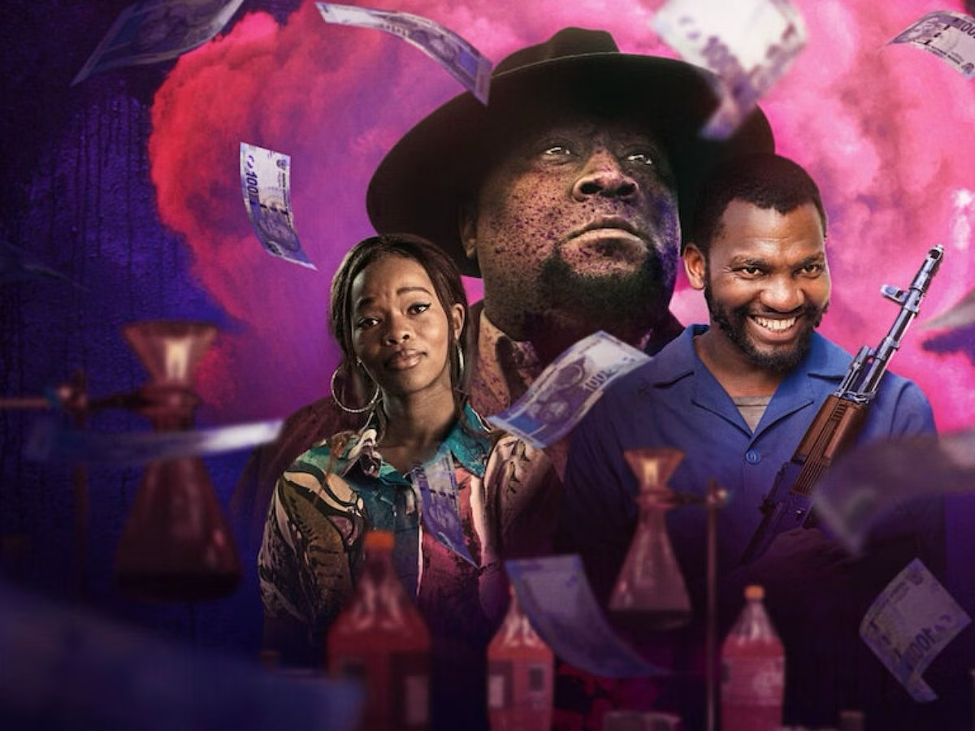Each day that passes indicates that South Africa has a fragile political system that lacks ‘shock absorbers’ to contain and withstand problems that face its society. The creation of the ‘new’ South Africa was understood to be a realisation of Nelson Mandela’s famous speech in 1994 to mark the end of apartheid. He said, “Never, never and never again shall it be that this beautiful land will again experience the oppression of one by another and suffer the indignity of being the skunk of the world.” But he never bothered to say which world.
The foundations of this ‘new’ country were always assumed to be a political resolution of a prolonged contestation that pitted two main groups, i.e., the African majority and the white minority. Indeed, the European settler minority colonised this land and imposed its rule over Africans. Apartheid rule, which lasted for 46 years, purportedly closed the chapter of a lengthy book where “the oppression of one by another” occurred. When Mandela stood before the crowds in the Union Buildings to be sworn in as president, it was also assumed that blacks would no longer “suffer the indignity of being the skunk of the world”. The reality of blacks, though, is that they live in the Third World and have fewer rights.
The new South Africa was always destined for a historicised journey to nowhere, but retaining the status quo would be the theme of the much-publicised reunion of foes. The origins of the brutal South African state were temporarily forgotten to fit the global neoliberal discourses of democracy, private property and free markets against the history of dispossession and oppression. South Africa is a colonial construct that linked its minority white settlement with the dominant Western world, culturally, politically, economically and otherwise. Therefore, there was nothing wrong with apartheid and its crimes. Blacks had to accept their fate as the vanquished who deserved assimilation into the colonial framework.
For many people, the end of apartheid meant that the entire continent of Africa was finally free from colonialism, bar Western Sahara and a few territories of the continental plate such as Ceuta, Melia, Reunion and the Canary Islands that are considered occupied. On the other hand, other people, such as the academic Tshilidzi Marwala, the end of apartheid marked the beginning of the Second Republic, meaning a continuation of the independence the Boers attained in 1961.
In his veneration of French imperialism titled ‘SA as a possible Third Republic — we can learn from countries like France’ (Daily Maverick, 05 July 2022), Marwala says that “the First Republic started in 1961 when the apartheid government broke off from the United Kingdom, and the Second Republic in 1994, which ushered in democracy and saw Nelson Mandela come to power.” His treatise is that apartheid was a leadership “mistake” rather than a form of belligerent occupation, colonialism and a crime against humanity.
By arguing that the post-apartheid era was interlocked with the old, Marwala deserves to write an apology to all Third World diplomats and presidents who fought tooth and nail in the UN’s Fourth Committee for South Africa’s decolonisation for the profane expressions. Maybe he is not alone in thinking this way. Using Eurocentric concepts like ‘nationhood’ remains problematic, but elites and academics use them frequently as if they have a universal meaning. The former liberation movement is equally trapped in this hallucination and imposition of meaningless constructs, at least to the subalterns in the Third World.
Like Marwala, the ANC also saw the end of apartheid as a continuation instead of the attainment of freedom by Africans who had been under foreign rule for many centuries. The term ‘new’ South Africa meant that blacks were now in charge, and whites had stepped down via a negotiated settlement. All else was to remain untouched except for the segregationist character of the First Republic. Hence, all the efforts of the ANC were directed at seeking normality in the abnormal situation – chalk and cheese never combine. Attempts to integrate non-citizens into an inherently hostile Zuid-Afrikaanische Republiek were always going to be extraneous and difficult.
Nonetheless, what followed was a new government that developed policies that sought to create a new “nation” from the dust of the old unreceptive republic that never recognised blacks as equals. Based on the principles of non-racialism, South Africa forged a new identity called the Rainbow Nation. The ANC promoted non-racialism as an emancipatory concept and urged blacks and whites to rally behind this nondebatable liberation discourse derived from the 1955 Freedom Charter. As an anti-thesis of apartheid, non-racialism featured significantly in the canon of the new Constitution adopted in 1996.
The so-called South African miracle was a mirage. As Clyde Ramalaine argues, “Any careful analysis of the South African society will highlight the complexities, structural intricacies, confusion and this idealism as practical reality since the content of non-racial until this hour in the ANC remains a conflated, lazy, hashed, and over-abused rhetorical construct”. This political hotchpotch has ensured that the status of the black majority was never upgraded. Only a few educated individuals were co-opted and now enjoy the assimilation privileges that give them superficial access to the political and economic machinery of the colonial state. Hence, their belief that the new South Africa is a realisable dream whereas it is always distant.
At the same time, and alongside the non-racialism principle, the transformation agenda was unleashed as a necessary intervention to end the continuities of colonialism and apartheid.
The transformation agenda promotes the principles of equality and positive discrimination, which are generally based on two fundamentally and sometimes opposing different logics. The new South Africa was conceived on non-discrimination and equality between all races. To better promote equality, it was also necessary to give preferential treatment to blacks.
Abnormalities in the South African society continue unabated as the likes of Marwala now call for the Third Republic, “where the virtues of democracy, economic prosperity and human solidarity will fundamentally become South Africa’s culture”. What is lacking in these discourses is that the new South Africa is inherently faulty since the opportunity to fix the age-old problems was forgone because of the Freedom Charter mentality.
This thinking invaded the present political thought that has allowed the black majority to be a social minority, according to political analyst Aubrey Matshiqi. The European settler element in the South African state creates nobles or untouchables who could freely horde land, wealth and know-how. Through the policies such as non-racialism, their status is superior and unchallengeable. And this leaves blacks in the margins of a state not built by them and for themselves. They remain as guests of honour who must scramble for limited spaces at the bottom instead of seeking emancipation and freedom.
Apartheid is now virtualised through the new South Africa. Not only is the black majority confined in imaginary spaces of poverty, destitution and hunger, but also live in the newly created homelands like squatter camps, townships and rural areas. The black areas are peripheral to the core as represented by the white settlements, whose demographics and character have barely changed after 1994. The centre provides food and jobs as was the case in the past.
South Africa has always been a world system of insiders and outsiders. Surprisingly, Marwala thinks there is wholeness in his republics of separation. The periphery is infested with crime, poverty, violence, drugs, alcohol, and disrespect for life. Black areas are like a swarm of bees that protect the queen, the white settlement. That is how the South African state was born: it is deformed, unequal and exploitative. Non-racialism is the honey from the marginalised bees and a well-fed queen bee.
The deep divide between the periphery and the core mirrors the Chinese hukou system and the post-Soviet propiska in former Soviet Republics. The dompass system and homeland passports may have been outlawed many years ago, but they remain much alive in a real sense. Cheap labourers migrate from rural areas to cities as they did for hundreds of years, and this exacerbates inequalities as well as the two-nations economic problem. The much-vaunted transformation has done nothing or little to balance the scales. Still, there is talk of a township economy, which is nothing but an illusion to placate the perpetually marginalised.
On top of this, the new South Africa almost forgot that blacks were segregated amongst themselves as well – a Venda-speaking person in the north and a Xhosa-speaking individual do not know much about one another in the truest sense. As poverty and joblessness hit hard in rural South Africa, many people converge to the centre, where they meet for the first time. The predominantly Afrikaans-speaking, mixed-race Africans in the Cape look at their brothers and sisters from the Eastern Cape as intruders in their spaces. Also in attendance are their cousins from the neighbouring countries - African migrants – primarily Zimbabweans, Mozambicans, Nigerians, and Malawians – who were equally abused throughout the history of the South African state.
The local population’s first reaction has been to push out the foreigners – the Dudula enterprise targets foreigners. However, the different ethnic groups appear to have their issues too. This is a reality nobody cares to talk about because the new South Africa is premised on the illusion of homogeneity in black groups. This sameness appears not to be recognisable as people battle each other for limited space and jobs. Unequal development between regions and accessibility of opportunities between and among the different ethnic groups is never spoken about in the new South Africa in haste to achieve non-racialism.
On 12 July 2022, for example, an individual on Twitter posted that "we have a lot of Soweto born youth that is unemployed and wants to fight crime in our society but SAPS is recruiting Venda and Tsonga people from Limpopo Giyani while our youth here is unemployed! They must go back to Limpopo”. Suddenly, the Bantustan ideology is rearing its ugly head in the middle of the new South Africa. Nobody has answers.
The conceptualisation of the new South Africa as a continuation, from the Apartheid Republic to the Democratic Republic, rather than as an end of colonialism means that the colonial infrastructure of tribes and regionalism is swept under the carpet. Michael Green argues that the post-apartheid Utopian national vision that drove and informed its history is “in danger of assuming this to be the end of its history, with only a better delivery of that static vision being in question”.
At the national level, there is an assumption that Bophuthatswana and KwaZulu will automatically evaporate into thin air. Also, inequality within ethnic groups and provinces is least talked about. As more shocks like poverty, unemployment and rapidly rising populations become even more pronounced under the new dispensation, the utopia and the fiction of the new South Africa are increasingly questioned.
Intra- and internationalist sentiments are on the rise but remain blind spots. Meaning tensions are not solely between whites and blacks but also exist at different levels. The periphery is a hive of activity. The marginalised continuously argue about who is ‘first nation’ and who is not. Who is Zulu, and who is not? Tensions between genders are also evident as inter-generational disputes continue to rise. Neglect of children and the elderly places doubts about whether the new South Africa can hold on and deliver political goods.
As the colours of the rainbow fade, the nation is lost in hopelessness and despair. The multiple parts that constitute it are disintegrating and repelling from Mandela’s nationhood, which was consciously constructed beyond the essentialisms of ethnicity, religion, language and history. Unfortunately, the colonial and apartheid had also manipulated these elements for their sustenance. South Africa is, therefore, what Benedict Anderson calls an “imagined community”. With all the challenges that this mythical nation faces, one question keeps on popping up: What does the future hold for future generations?

